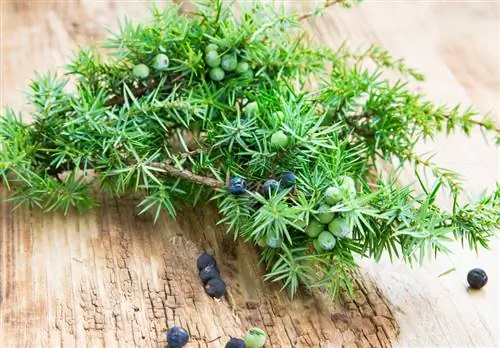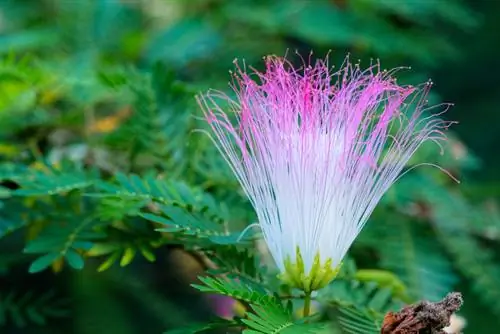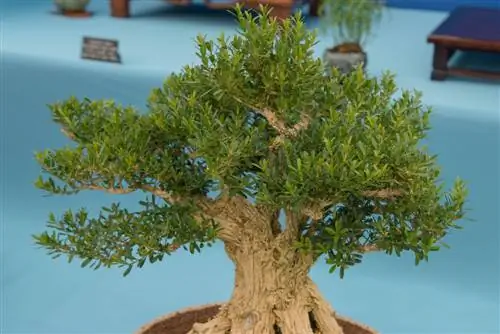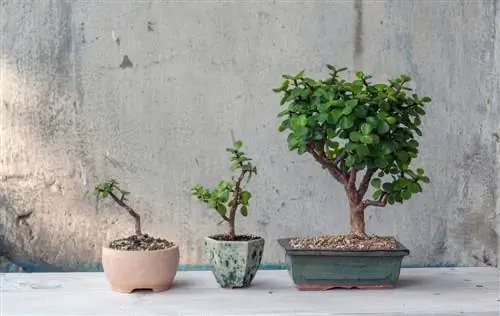- Author admin [email protected].
- Public 2023-12-16 16:46.
- Last modified 2025-01-23 11:20.
Whether you're getting some fresh air outdoors or adding greenery to your office or living room indoors - the creeping juniper is perfect for bonsai design! But what advantages does it have, how and where is it planted and what care does it need as a bonsai?

Why is the creeping juniper suitable for bonsai design?
The creeping juniper is ideal as a bonsai thanks to its tolerance to cutting, slow growth, ease of care and frost hardiness. Care includes regular watering, occasional fertilization and a bright location. Regular cutting and wiring to achieve the desired shape is particularly important.
The ideal candidate for bonsai design
The following points speak for the creeping juniper as a bonsai:
- extremely easy to cut
- can tolerate pruning all year round
- slow growth (3 to 7 cm per year)
- undemanding
- evergreen
- easy care
- decorative, edible berries
- easy to propagate from cuttings
- good frost hardy
Where and where should I plant?
The creeping juniper can be easily planted in a bonsai pot. It is ideal if you have the opportunity to put it outside. He gets a lot of light there. A lot of light means that it produces more needles and, as a result, has a thicker trunk. Suitable locations are on the terrace and garden terrace, on the balcony and in front of the house entrance.
Don’t forget the care
The soil in the bonsai pot should not dry out. Otherwise the roots will dry out and the plant will die. It is best to protect the creeping juniper from the sweltering midday heat in summer. If it is hot and dry, you can spray or rinse it with lime-free water. Otherwise, its soil is easy to keep moist.
Fertilizing is less important for the creeping juniper. You can use conventional liquid fertilizer or special fertilizers for juniper. Dose the fertilizer sparingly! The liquid fertilizer is added to the irrigation water, which should ideally be lime-free or rainwater (to avoid lime stains). Fertilization takes place from February to October and ideally with an organic fertilizer.
Cutting and wiring correctly needs to be learned
This is what you need to keep in mind when cutting and wiring:
- Keep growth dense and compact
- Plucking new shoots (May to September)
- thin out the branches every 2 years
- Wrap branches, twigs, trunk with aluminum wire depending on the desired shape
- Remove the wire in mid-May
Tip
It is recommended to replant the creeping juniper every 4 to 5 years if the bowl has become too small. Before moving, cut back the roots so that they branch out better!






